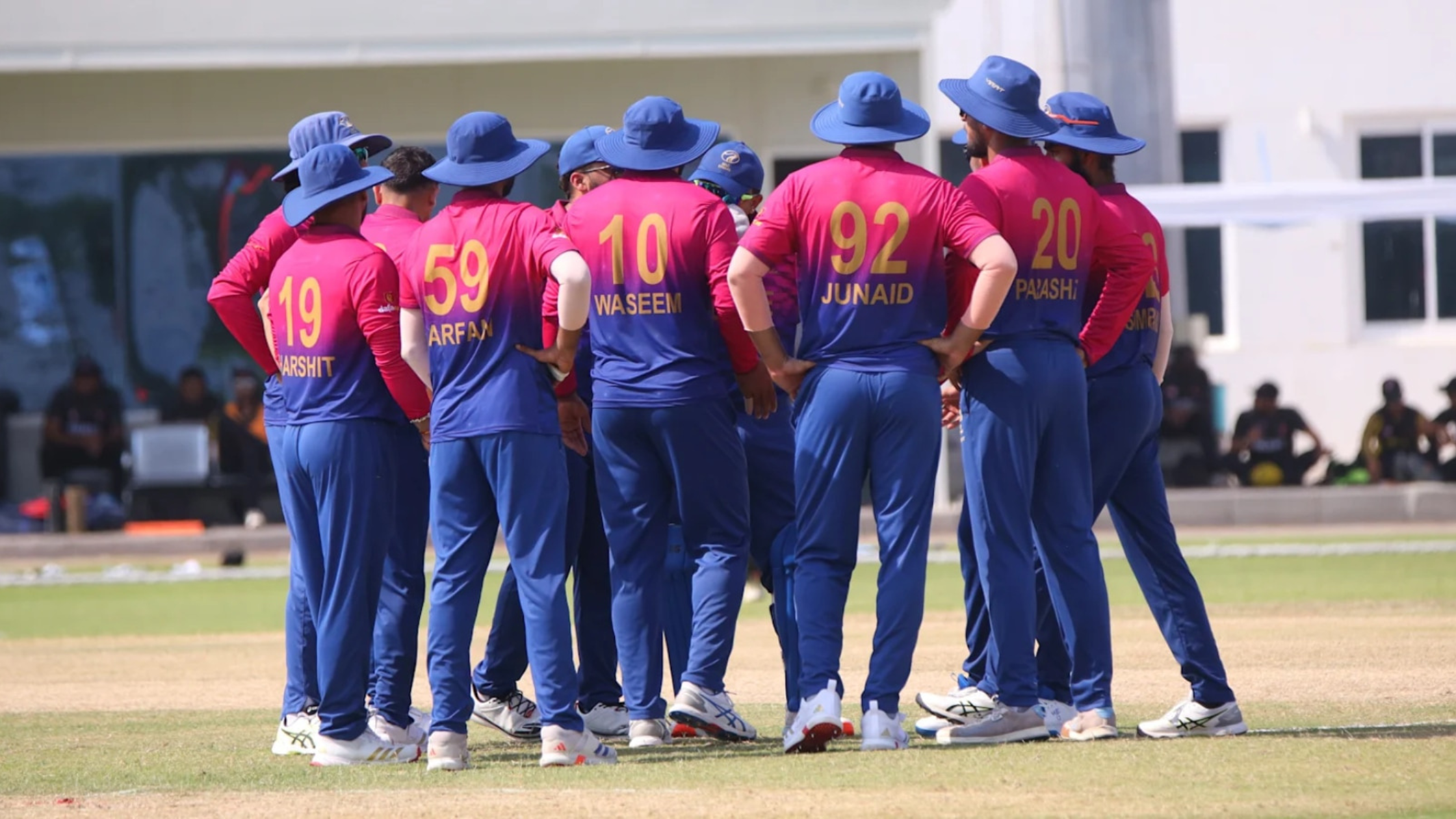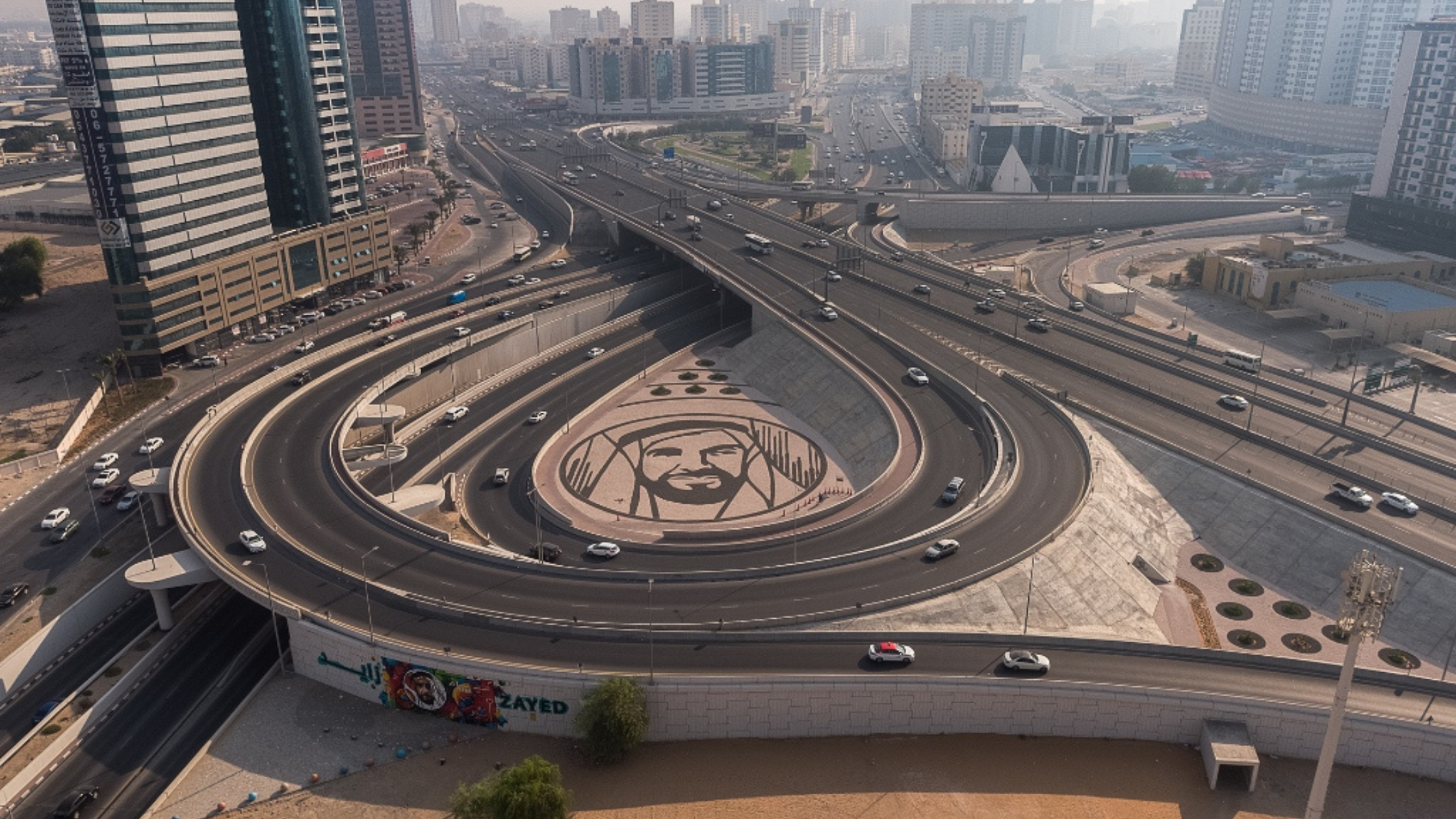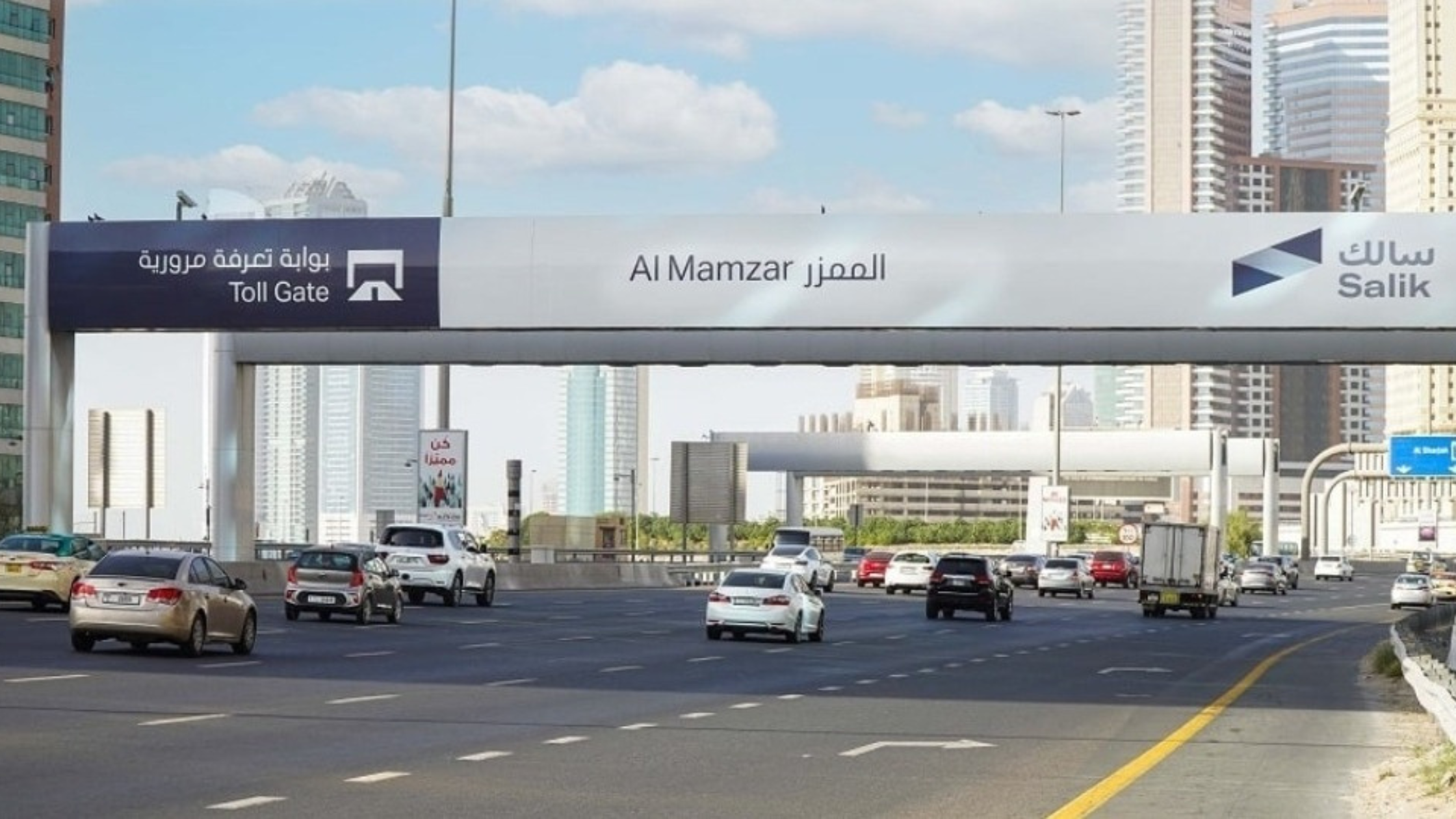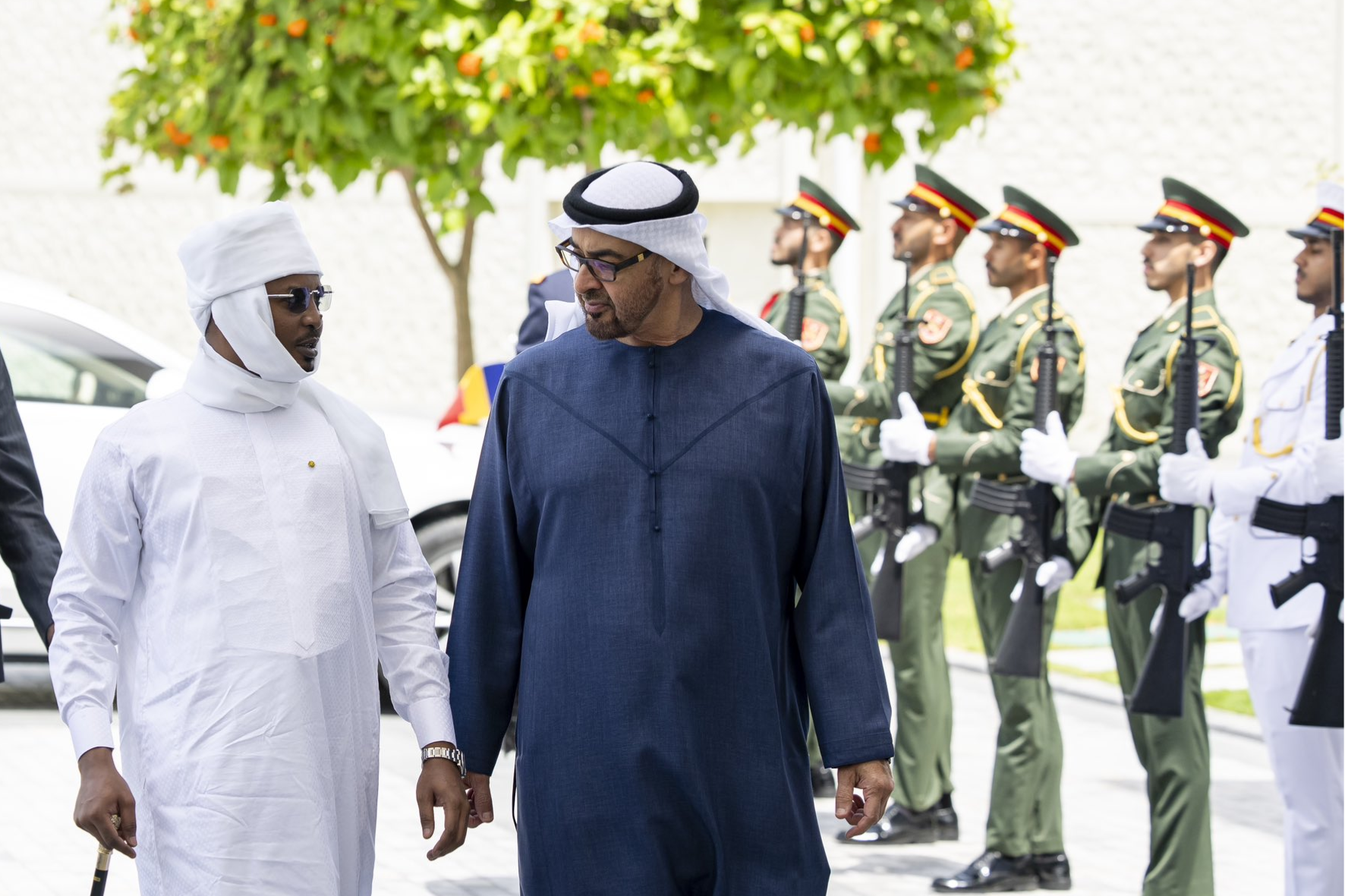President Ferdinand Marcos Jr. To Visit India: Strengthening Bilateral Bonds

The President of the Philippines, Ferdinand R. Marcos Jr., is all set to visit India in the first week of August 2025. This upcoming visit is being seen as a major diplomatic move aimed at strengthening the growing partnership between Manila and New Delhi. The two countries have been working closely over the past few years, especially in defence and maritime cooperation, and this visit could take the relationship to an entirely new level.
This is President Marcos Jr.’s first visit to India since he took office in 2022. It reflects the increasing momentum in relations between the Philippines and India, with both nations realising the importance of supporting each other politically, economically, and strategically.
Strengthening Defence Relations through Cooperation and Trust
One of the key areas that has brought India and the Philippines closer is their mutual interest in defence collaboration. In 2022, the Philippines became the first foreign buyer of India’s BrahMos supersonic cruise missile system. The deal was not just symbolic it was worth $375 million and marked a serious step in the Philippines’ efforts to modernise its military forces. These missiles have significantly improved the Philippines’ coastal defence capabilities at a time when tensions in the South China Sea are growing.
India, on its part, is proud of this defence partnership. New Delhi has made efforts to assist Manila in strengthening its maritime defences, including helping with repairs of Philippine ships in Indian ports. Indian Navy ships have also made regular goodwill visits to the Philippines, which has increased mutual trust and confidence between the two navies.
During a key security dialogue in Singapore last year, President Marcos Jr. Made it clear that his country wanted to build stronger relationships with partners such as India. This statement was not just diplomatic it was a public confirmation of how important the India-Philippines partnership has become in recent years.
Maritime Security and a Shared Vision in the South China Sea
One major area where the Philippines and India have found common ground is the South China Sea. This region has long been at the center of territorial disputes and geopolitical tensions, especially due to China’s expansive claims.
India has shown strong support for the Philippines in this matter. New Delhi has openly backed the 2016 ruling by the Permanent Court of Arbitration which rejected China’s claims in the South China Sea. This position aligns closely with the views held by the Philippine government. Manila has welcomed India’s endorsement and sees it as a key sign of solidarity.
The cooperation doesn’t end with diplomatic support. The two nations are actively working on maritime domain awareness, which involves sharing data, tracking vessels, and keeping the region stable. Indian ships have taken part in patrols and maritime exercises in Southeast Asia, and now, a joint naval exercise between India and the Philippines is also expected to take place soon yet another milestone in their growing maritime relationship.
Why the Visit Is a Big Deal
President Marcos Jr.’s upcoming visit to India is more than just a diplomatic formality. It is expected to include discussions on expanding defence cooperation, enhancing economic ties, increasing trade, and boosting tourism and educational exchanges.
He is expected to be accompanied by senior officials from various departments including defence, foreign affairs, finance, and trade. This indicates that the talks in India will cover a broad spectrum of issues. It also shows that both countries are serious about expanding their relationship beyond military concerns.
The visit will likely result in agreements that open up new areas of cooperation. It may also lead to further weapons sales, technology partnerships, and even joint training exercises for defence forces.
Strong Economic Ties and New Opportunities
Economic relations between India and the Philippines have grown steadily over the past few years. In the financial year 2023–24, the total trade between the two countries reached $3.15 billion. India exported $2.12 billion worth of goods to the Philippines, including pharmaceutical products and engineering equipment. On the other hand, India imported $1.03 billion worth of electronics, minerals, and other raw materials from the Philippines.
India has emerged as a reliable partner for the Philippines in areas like healthcare and engineering. With this visit, there is hope that the economic relationship will go beyond traditional sectors and expand into new areas such as financial technology, start-ups, and green energy.
The Philippines, which has been looking to attract foreign investment, may also use this visit as a platform to invite Indian companies to explore its market. Infrastructure development, digital transformation, and agriculture could become key sectors for collaboration.
Tourism Gets a Boost: Visa-Free Entry and Direct Flights
In a move to attract more Indian tourists, the Philippine government has introduced visa-free travel for Indian nationals. This new rule, which came into effect in June 2025, allows Indian travelers to visit the Philippines for up to 21 days without needing a visa. This step is expected to increase tourism significantly and build stronger people-to-people connections between the two countries.
But that’s not all. Starting from October 2025, direct flights between major Indian cities and the Philippines are expected to begin. This new air route will make it easier for businesspeople, students, and tourists to travel between the two countries. It will also open new opportunities for cultural exchange, educational partnerships, and tourism investments.
The decision to allow visa-free travel reflects the Philippines’ confidence in its ties with India and its interest in welcoming more Indian visitors, entrepreneurs, and investors.
Political Alignment in Regional Diplomacy
India and the Philippines share similar values when it comes to regional security and sovereignty. Both countries support a free, open, and inclusive Indo-Pacific region. They believe in international law and the peaceful resolution of conflicts. These shared views have helped the two countries work together in forums such as the ASEAN-India summit, the East Asia Summit, and other international platforms.
India’s consistent support for the Philippines in the South China Sea issue has added a political dimension to their relationship. It has allowed both countries to send a strong message about respecting maritime law and protecting smaller nations’ rights in international waters.
President Marcos Jr.’s visit comes at a time when both countries are looking to strengthen their strategic positions in Asia. For India, the visit is an opportunity to expand its influence in Southeast Asia. For the Philippines, it is a chance to diversify its international partnerships and reduce over-dependence on any one power.
A Step Toward Fintech and Digital Innovation
While defence and trade dominate headlines, there’s also rising interest in the fintech sector. India has seen rapid growth in digital payments and fintech solutions, and the Philippines is keen to learn from that experience.
The two countries have already begun exploring partnerships in digital finance. With India’s success in building systems like UPI (Unified Payments Interface), there is interest in adopting similar frameworks in the Philippines to improve financial inclusion.
Marcos Jr.’s visit is likely to include discussions about technology collaboration in areas like digital banking, cybersecurity, and e-governance. As the world becomes more digital, partnerships like these will be critical in building resilient economies.
The Growing Importance of India–Philippines Ties for the Gulf Region
Although this is a bilateral meeting between two Asian countries, the growing India–Philippines partnership also carries significance for the Middle East, especially the UAE.
The UAE has strong ties with both India and the Philippines. With millions of Filipino and Indian nationals living and working in the UAE, any strengthening of relations between their home countries can have ripple effects on the diaspora community. There could be better remittance services, stronger cultural exchanges, and even joint business opportunities.
From a strategic point of view, the UAE is paying close attention to developments in Asia. Strong India–Philippines ties could open new investment and trade opportunities for Emirati companies that are expanding globally.
A Partnership That Looks to the Future
President Ferdinand Marcos Jr.’s visit to India is not just a ceremonial one. It’s a visit full of potential. With both countries aligning on major global issues and looking for deeper cooperation across multiple sectors, this visit could set the tone for a long-term strategic relationship.
The Philippines is looking to strengthen its sovereignty and economy. India is keen on building new partnerships in Southeast Asia. Together, they are forming a partnership that can stand strong in times of regional uncertainty.
This visit will likely bring new deals, deeper understanding, and renewed commitment to friendship between two rising powers in Asia. As the world watches, India and the Philippines are preparing to write a new chapter in their shared journey.







